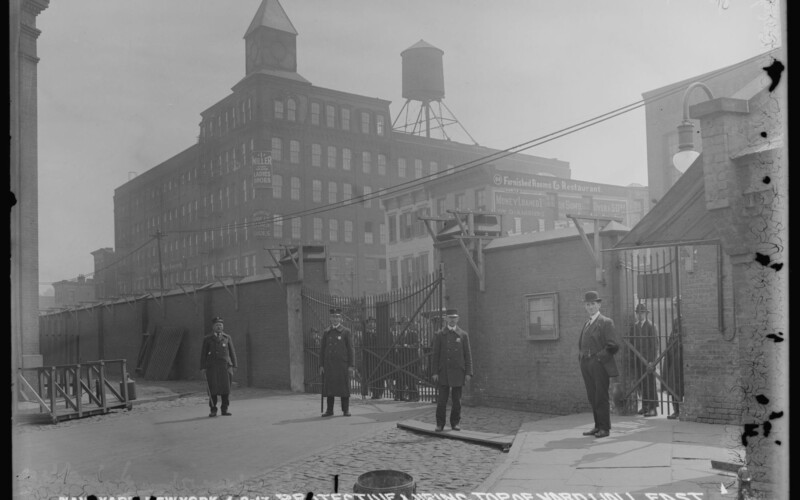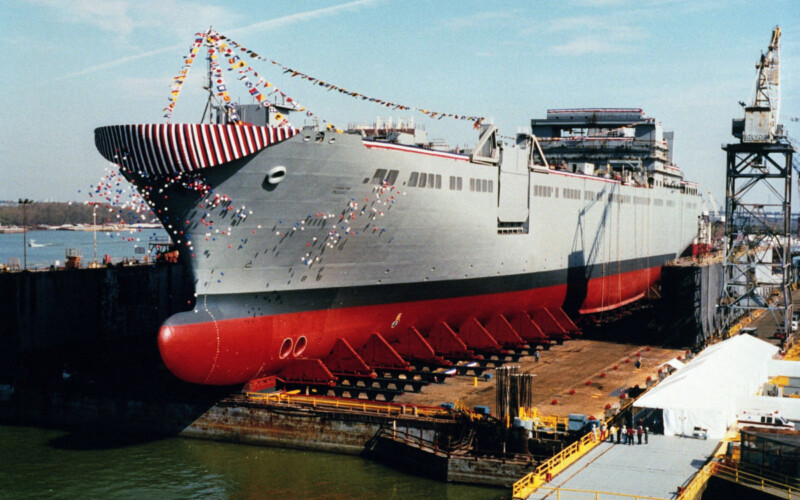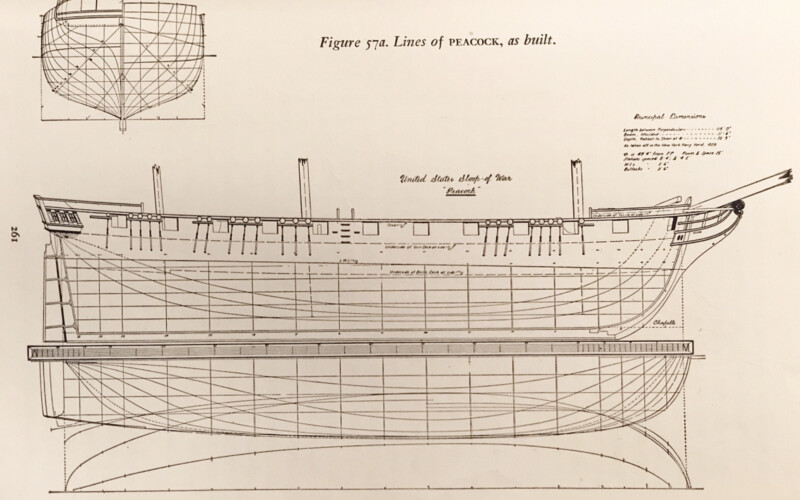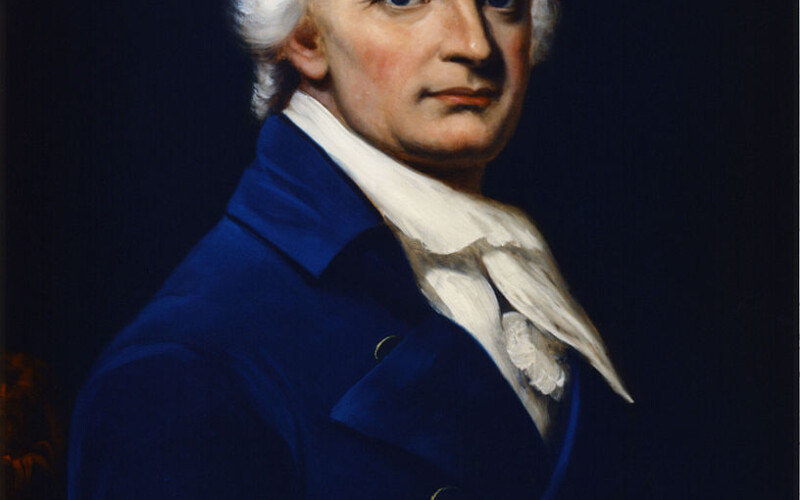We have experience hosting a range of audiences, from college classes to birthday parties to company outings, and we customize our tours to meet your group’s interests and needs.
Book a private tour today
Behind the gates of the Brooklyn Navy Yard lies a network of streets that are a mystery to most New Yorkers. Named for naval heroes, shipyard operations, and even a …
Read more

One of the most frequent questions from visitors on our Brooklyn Navy Yard Tours is, where are the ships of the US Navy built today? At its height in 1966, the US …
Read more

For the past two years, we have had the opportunity to work with third and fourth graders in the Brooklyn Historical Society’s CASA program. These young scholars are tasked with …
Read more

“One of the great things about the redevelopment of the Navy yards is that there’s been so much preservation of the historic character,” said Andrew Gustafson, who has led tours of the Brooklyn Navy Yard since 2010. “The history’s a selling point. It makes the place unique and attractive.”
Read more

Two hundred and thirteen years ago today, the Brooklyn Navy Yard was founded, the last of the six original shipyards established by the US Navy. Today we celebrate the yard’s …
Read more
